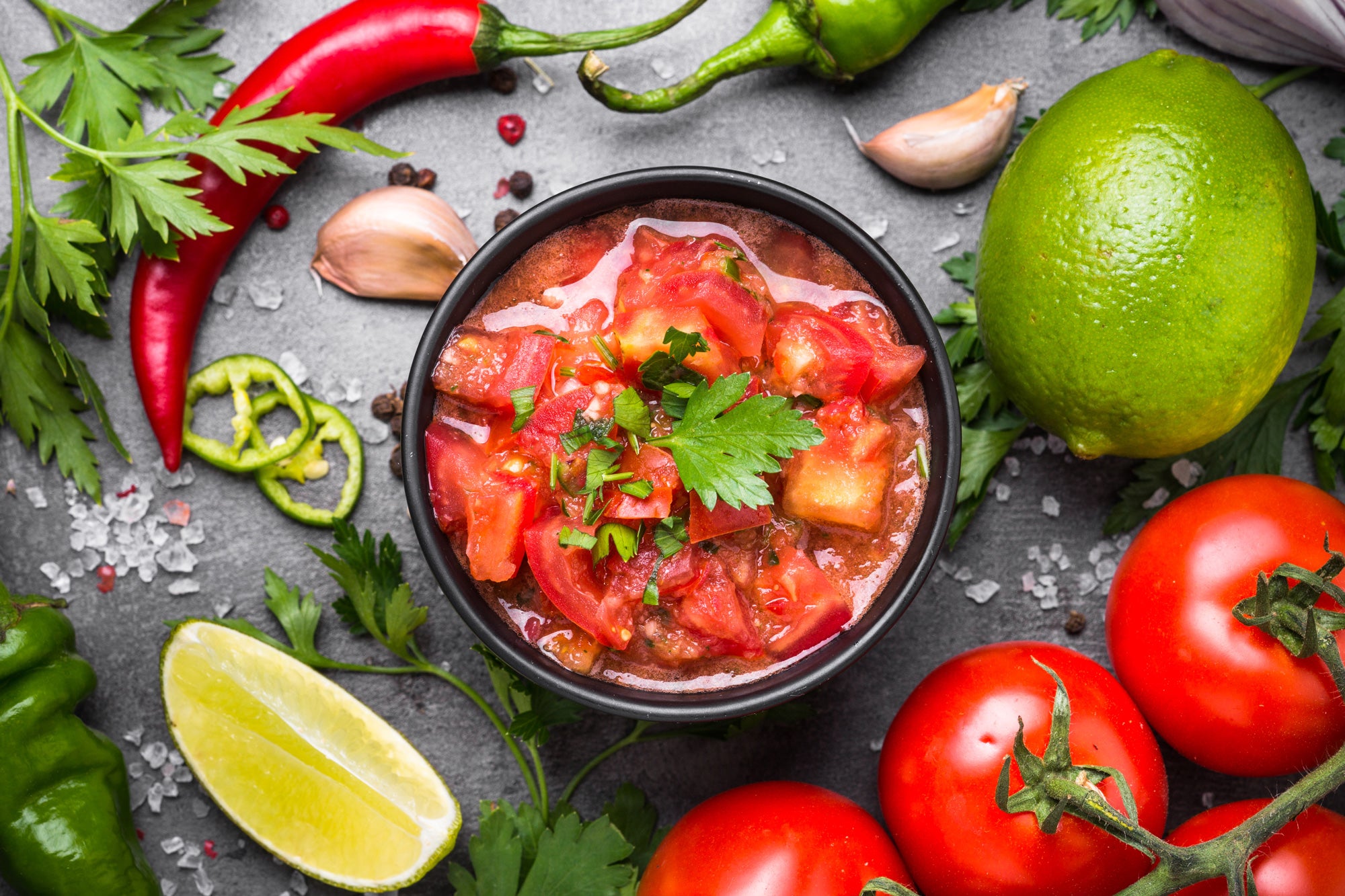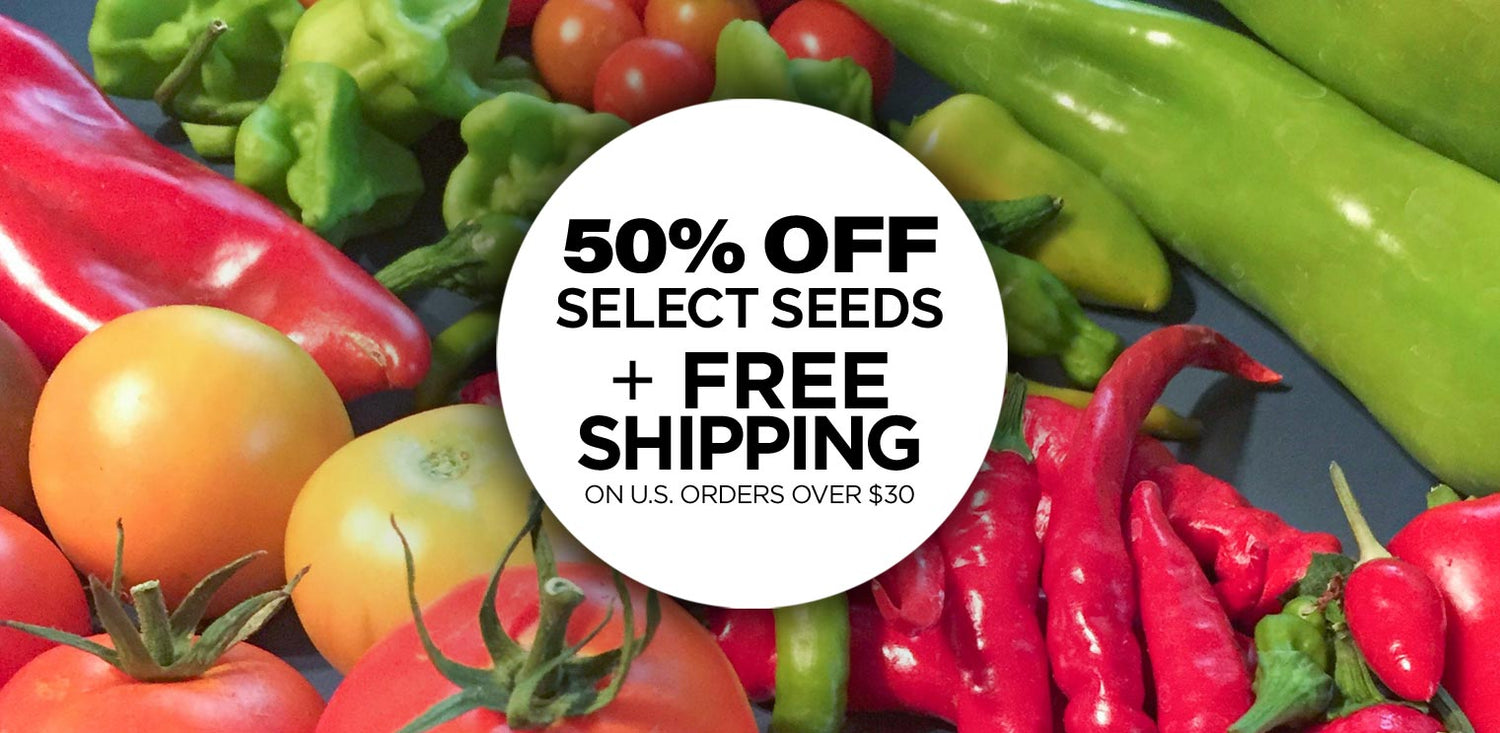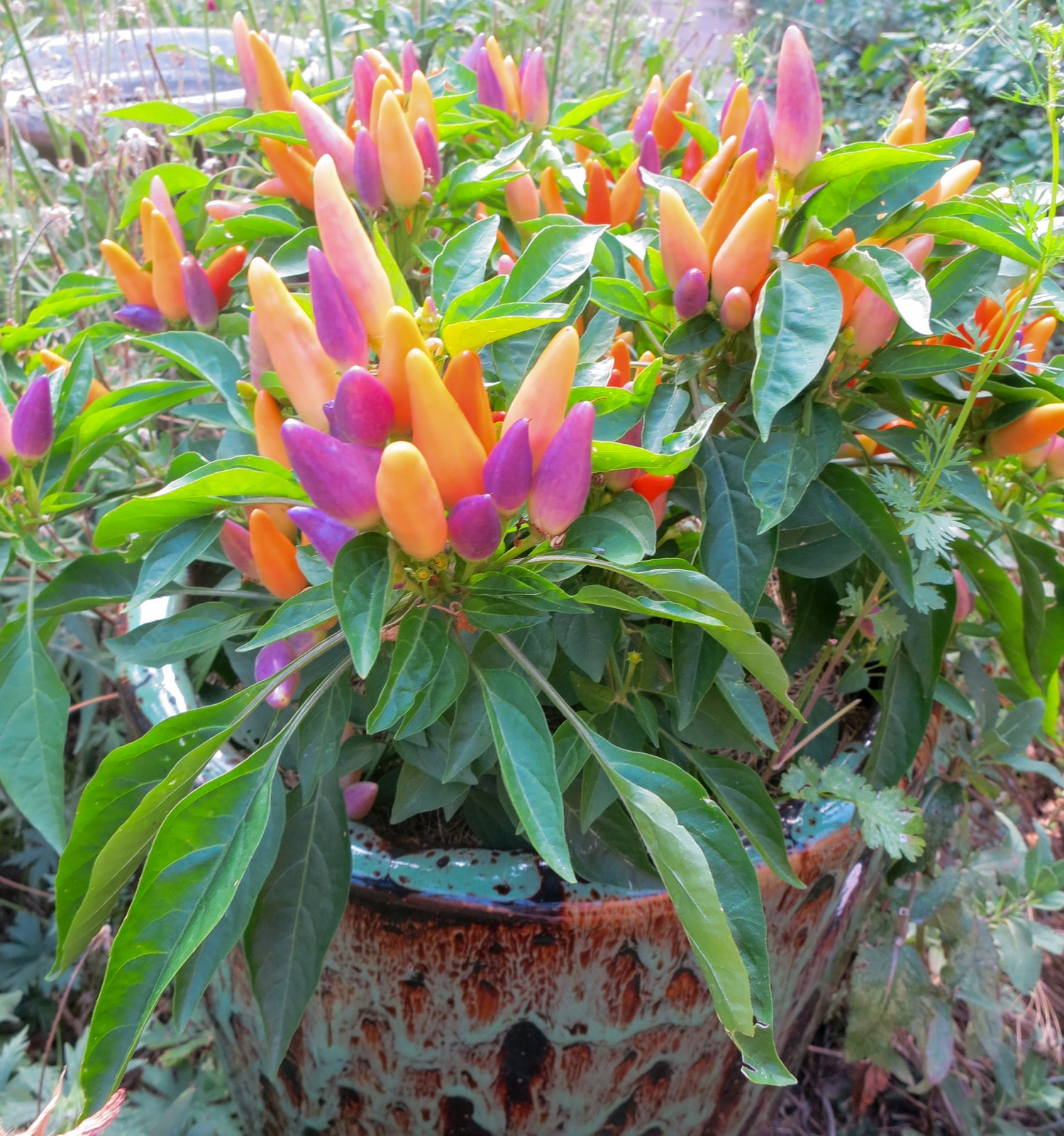Growing peppers in Containers - Top 9 Tips:

1. Grow peppers that do well in containers and pots!
This is one of the most important tips, as some peppers do much better in pots than others. Here are the best peppers to grow in containers »
2. Use large pots, 5 gallons or more is ideal.
Larger pots don't dry out as fast, and allow for deep roots. They also don't tend to get top heavy, so they won't blow over in high winds. You can also plant more than one pepper plant in large pots! 
3. Plant companion plants alongside your peppers in large pots:
Large pots also allow you to plant a pollinator plant in with your pepper to bring in the bees. Think small native plants that will complement your pepper! Sweet Alyssum is also a stunner in pots and brings in beneficial insects to keep pests under control.
4. Bring the container indoors or in a sheltered spot during cold spells.
If growing peppers in containers, a big advantage is the ability to bring the pots indoors or into a garage or other protect spot during cold spells. So if you get a late (or early) snow or frost, just bring the pots into a warm protected place during freezing temperatures to extend your growing season and harvests.
5. Use well-draining quality potting soil for growing peppers in containers.
This is very important, don't use top soil or garden soil for containers, it won't drain well, and peppers hate soggy feet.
6. Keep your pots watered consistently.
While it's ok to let the soil dry out slightly between waterings, don't let them get bone dry for too long. But, don't worry if your pepper is a little wilted and dry, watering usually restores the pepper plants to their former glory! It's best if you keep them watered consistently, and check the soil often to make sure they don't dry out too much between watering. Remember, peppers don't like soggy feet, so let the potting mixture dry out between waterings when growing in pots, and make sure your pot has proper drainage. Soggy soil is always a pepper killer!
7. Use compost to help add nutrients to your pepper containers.
Compost is a great natural slow-release fertilizer for your pepper plants. We like to mix some homemade compost into high quality potting soil so that it feeds the peppers all summer long. A good kelp or fish fertilizer is also helpful to supplement the compost in the summer months (but beware, it is a bit stinky at first!)
8. Place pot in a sunny location with 5-6+ hours of sun.
Peppers don't produce as many pods if they don't get enough sun. Of course, the more sun they get, the more you need to keep an eye on watering them to make sure they don't get too dry between waterings.
9. Pick peppers often to encourage more peppers to grow.
It's good to pinch off the first few blossoms on your young transplanted pepper plants. It's also good to harvest your peppers often as they ripen so that the plant continues to produce more peppers.
Check out our favorite
peppers that grow great in containers:




















